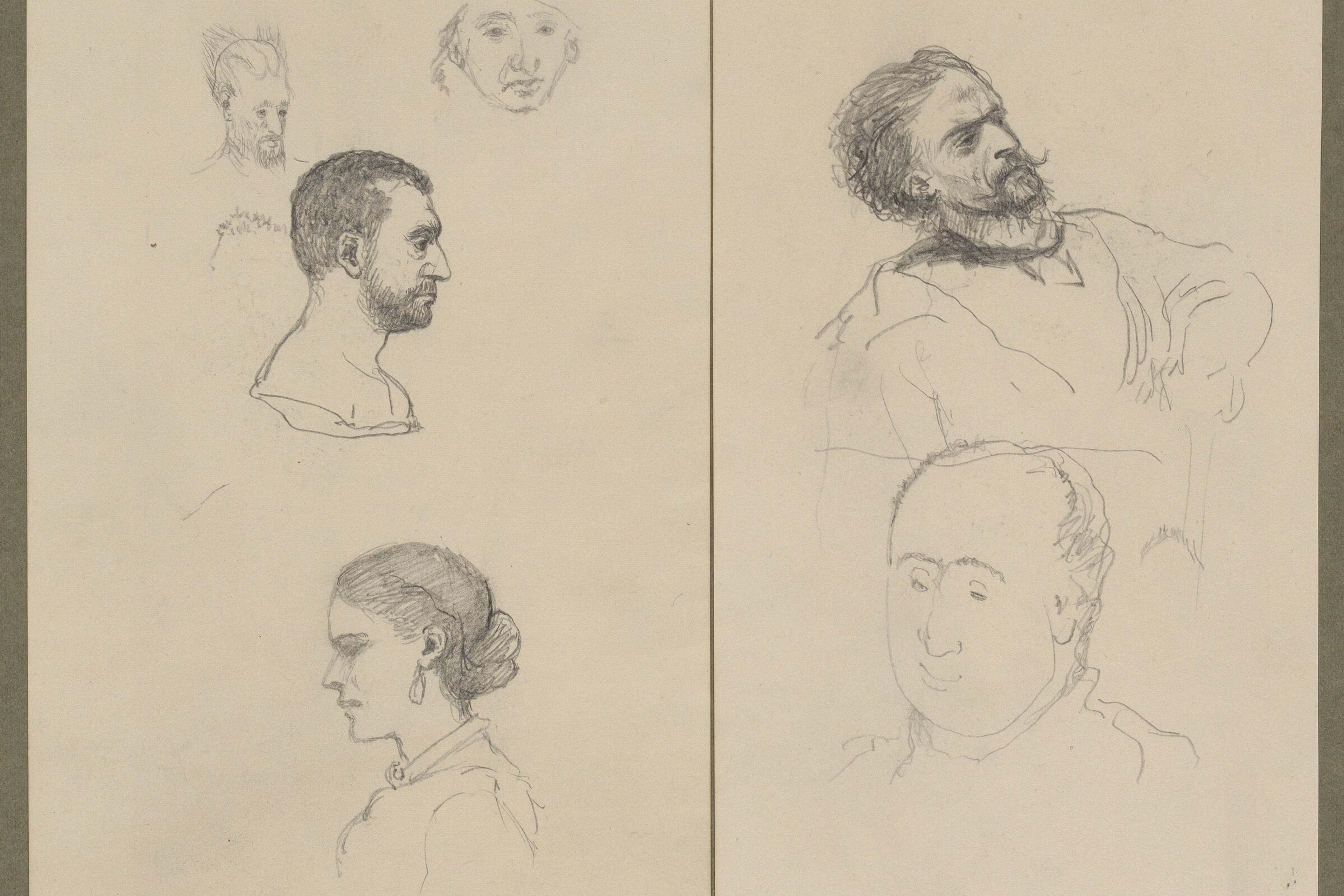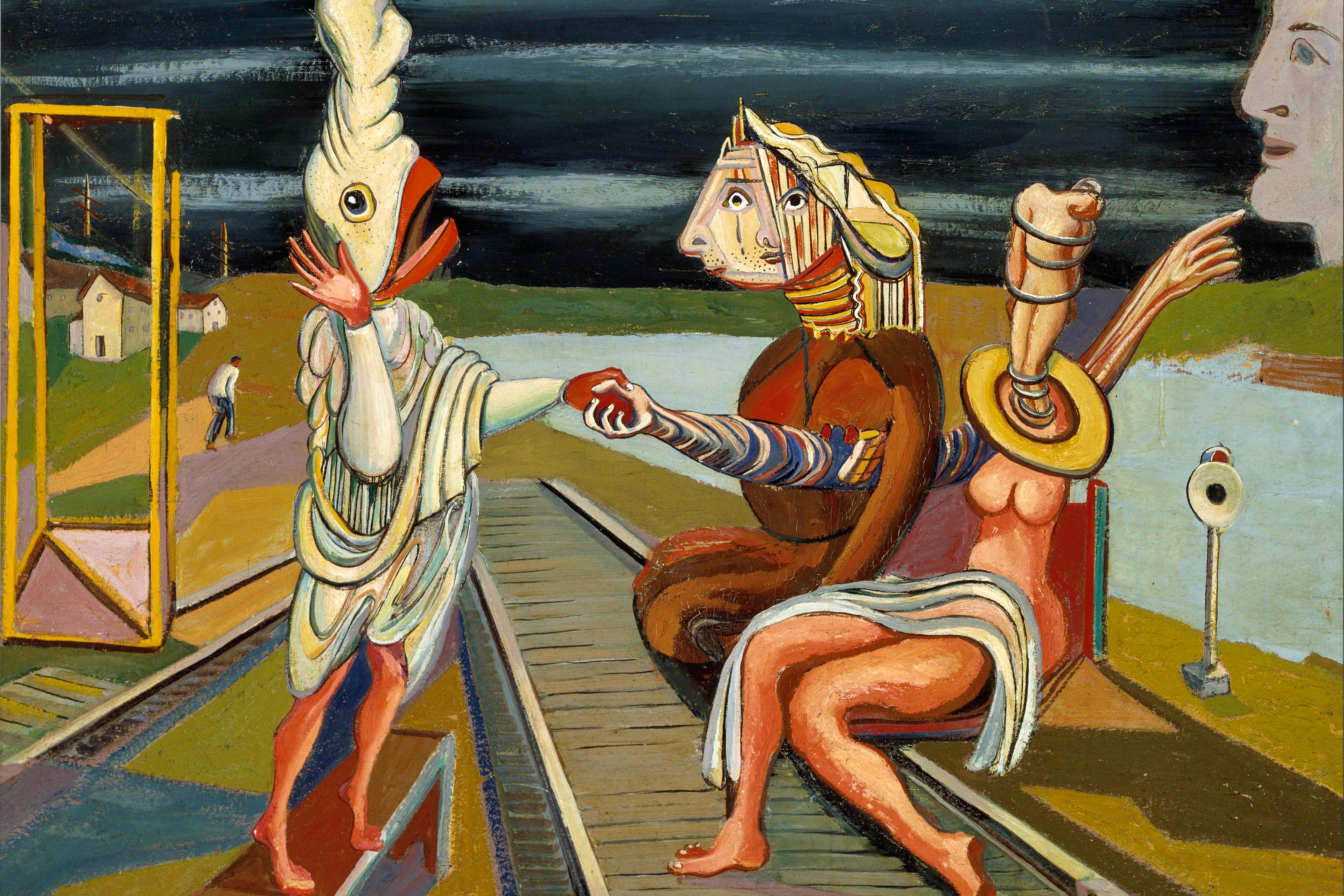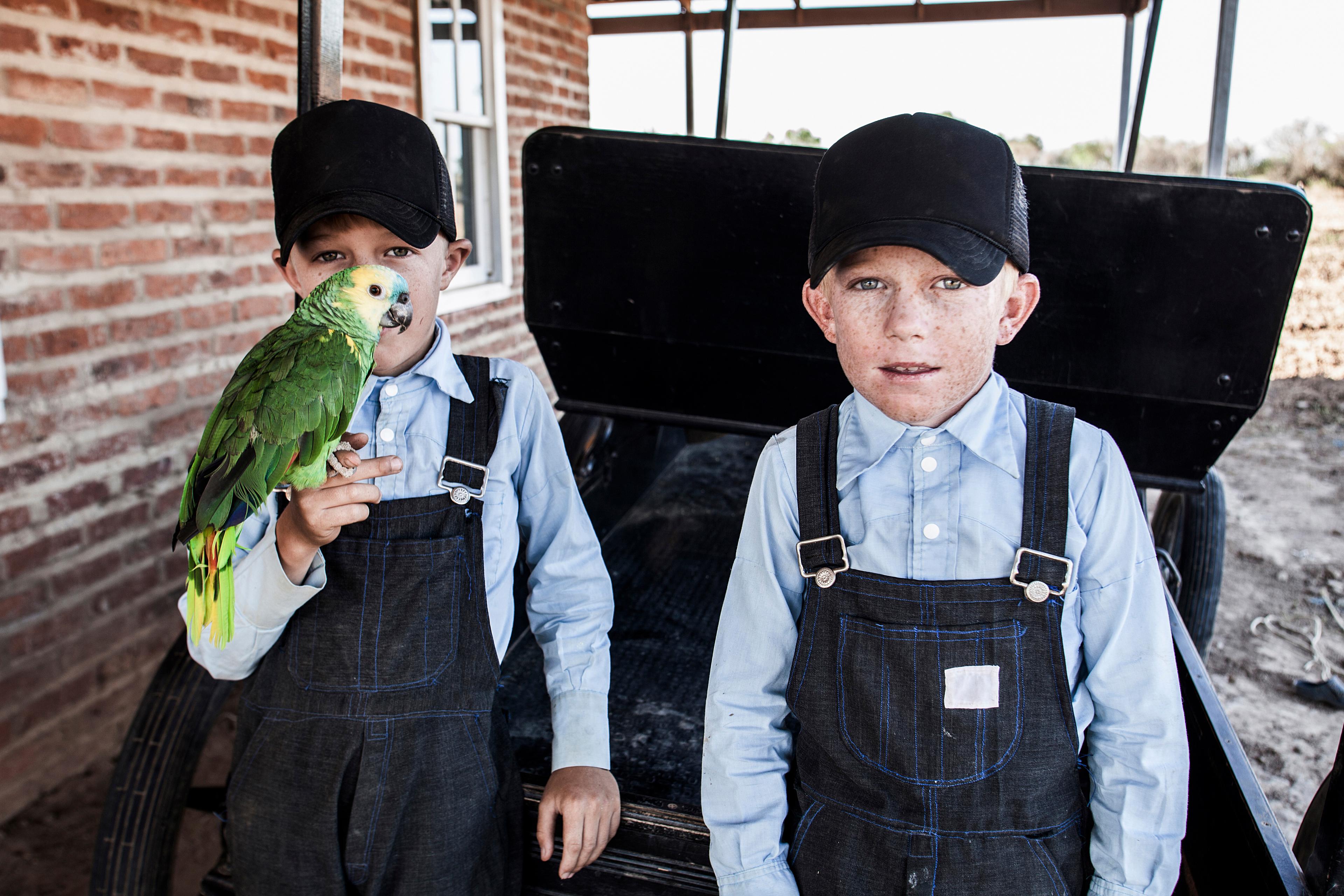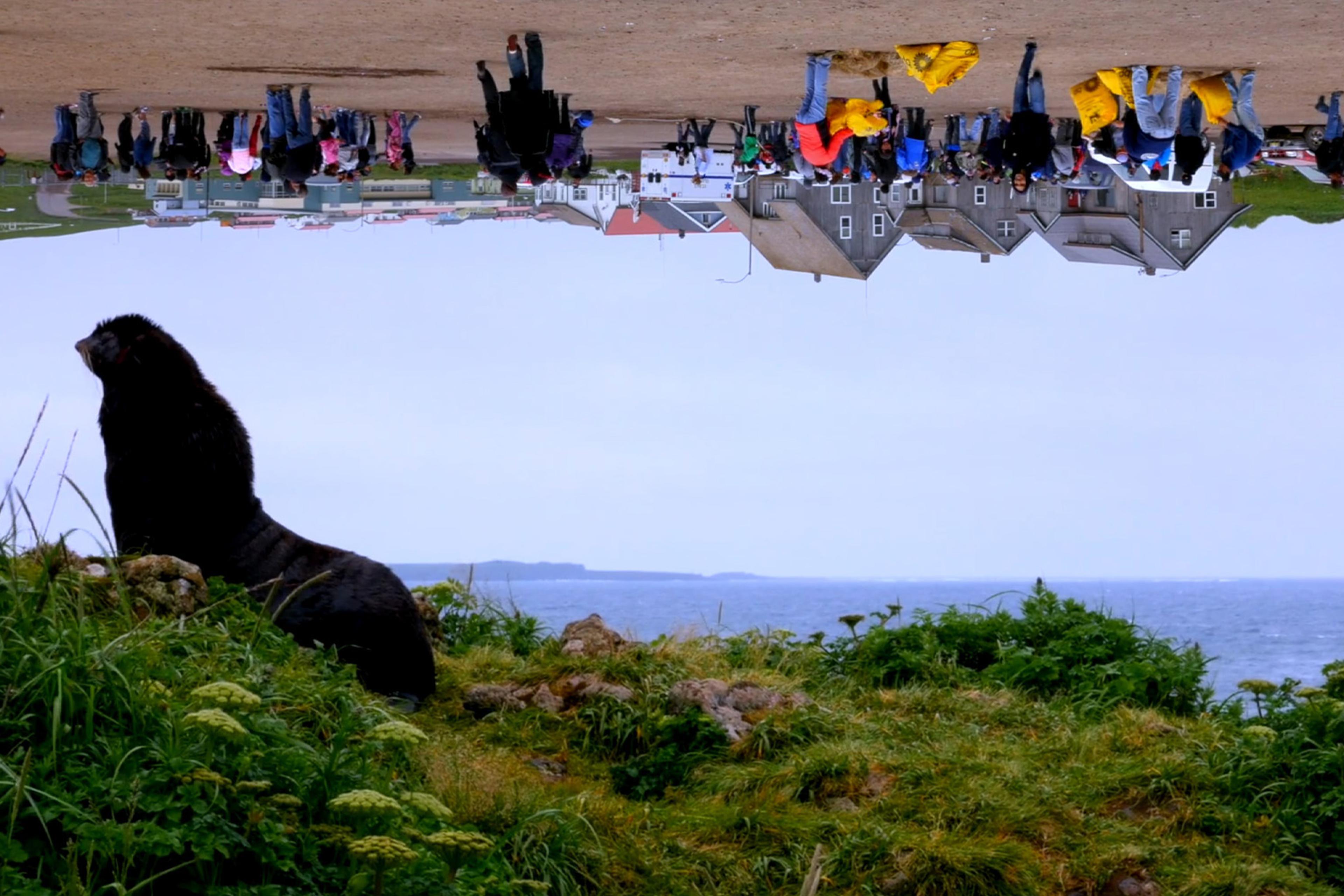Imagine trying to describe everything you see, think or feel with only 120-140 words. That’s the challenge posed by Toki Pona, a constructed language developed by Sonja Lang in an effort to simplify her thoughts while struggling with depression.
At first, my appreciation for the language was due to its impossibly cute script:

But once I really thought about its tiny lexicon, I wondered about metaphor. Every word is expected to stretch: lete means ‘cold’, ‘raw’ or ‘to cool down’. Kili is ‘fruit’, ‘vegetable’ or ‘mushroom’. The question is what happens to the literal-figurative distinction with such underspecification?
Consider two metaphors, drawn from the poets Emily Dickinson and W S Merwin:
1. Hope is the thing with feathers.
2. Everything I do is stitched with your absence.
Now rendered in Toki Pona (translated by my spouse):
1. Wile li ijo pi selo waso – literally: ‘Desire is a thing with bird skin.’
Wile covers want, need, desire, longing, and will. Bird skin is more descriptive than metaphorical.
2. Weka sina li kama lon insa pi pali ale mi – literally: ‘Your absence enters into all my actions.’
Spatialisation echoes the joining effect of stitching, but the translation lessens the metaphorical feel.
In English, metaphor stands out against a background of literalness, a departure from a more ‘default’ use of language. In Toki Pona, the literal-figurative distinction forms a spectrum, since words are always stretched to specify meaning. That shifts the burden of sense-making from writer to reader. In English, metaphor is a writer’s flourish. In Toki Pona, resolving tension falls heavily on the reader.
I used to think alongside Ludwig Wittgenstein that the limit of my language is the limit of my thought. But Toki Pona makes me rethink that. Minimalism in language doesn’t reflect a minimalist world. Meaning-making is inevitable, and constraint simply shifts where the complexity lies.












